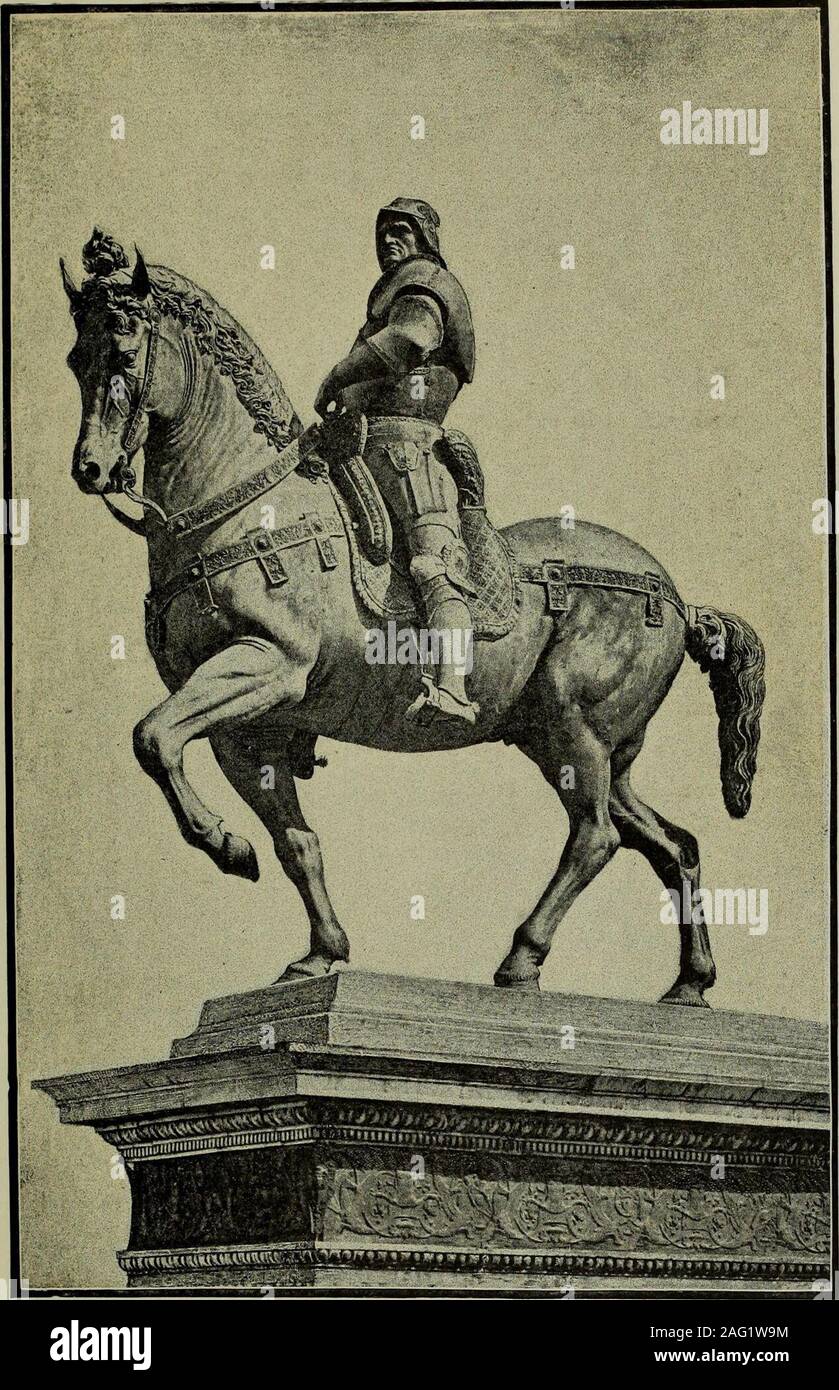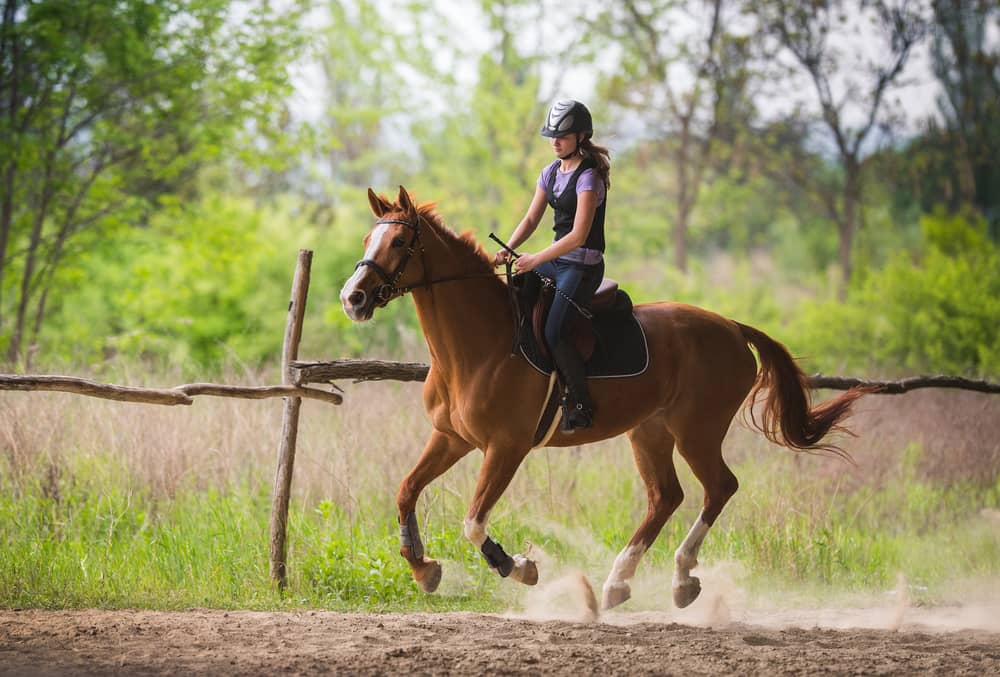To ride a horse, mount it using proper technique and grip the reins for control. Riding a horse is an exhilarating experience that requires skill and confidence.
Whether you are a beginner or an experienced rider, learning the fundamentals of horseback riding is essential. This guide will provide clear and concise instructions on how to ride a horse effectively. From mounting the horse and mastering the reins to maintaining a balanced posture, we will cover everything you need to know to ride confidently.
We will also discuss basic riding maneuvers and safety precautions to ensure an enjoyable and secure riding experience. So, let’s dive in and explore the exciting world of horseback riding!
Gear Up For Riding Success
Choosing the right equestrian gear is essential for a successful horse riding experience. Safety equipment is at the top of the list when gearing up for riding. Ensure you have a properly fitted riding helmet to protect your head in case of a fall and don’t forget riding gloves to provide extra grip and protect your hands.
Next, pay attention to your saddle and stirrup adjustments. A well-fitted saddle is crucial for both comfort and control. Adjust the stirrups to the proper length, allowing your legs to hang comfortably while maintaining a secure position.
Remember, the right gear enhances your overall riding experience, making it more enjoyable and safe. So ensure you invest in quality gear and prioritize your safety. Happy riding!
Establishing A Connection
Developing a strong connection with your horse is crucial for a successful riding experience. Approaching your horse with confidence is the first step in establishing this bond. Horses are highly sensitive animals and can pick up your energy and body language. It is important to be calm and assertive when you approach them.
Understanding horse behavior and body language is essential to communicating effectively with your horse. Please pay attention to your horse’s ears, eyes, tail, and overall posture, which can indicate its mood and intentions. Building trust is the foundation of any relationship with a horse.
Spend quality time with your horse, groom them, and engage in ground exercises to foster trust and mutual respect. Investing time and effort in developing a connection with your horse will create a strong partnership to enhance your riding experience.
Pre-ride Preparations
Proper grooming is essential before riding a horse. Start by brushing the horse’s coat thoroughly using a body brush to remove dirt, debris, or loose hair. Pay attention to sensitive areas such as the belly, back, and legs. Next, Curry combs the horse in circular motions to remove dirt from the skin and promote blood circulation. Pick the horse’s hooves using a hoof pick to remove any rocks, mud, or debris, and inspect for signs of infection or injury. Finally, brush the horse’s mane and tail and wipe the eyes, nostrils, and tail dock with a damp cloth.
The right tack is crucial for a safe and comfortable horse riding experience. Ensure the saddle fits properly and is adjusted to the horse’s back shape. The bridle should be properly fitted and adjusted to the horse’s head, with the bit placed comfortably in the horse’s mouth. Reins should be properly attached and adjusted to communicate between the rider and the horse. Don’t forget to check the condition of the track, including stitching, buckles, and straps, to ensure it is in good working order.
Before starting a ride, warm-up exercises are important for both the horse and the rider. For the horse, begin with walking to warm up the muscles, then trotting to loosen up further. In addition, you can incorporate circles and transitions to engage different muscle groups. For the rider, perform stretching exercises to warm up the muscles and improve flexibility. This can include stretching the legs, arms, and back. Warm-up exercises help prevent injuries and improve performance for both horses and riders.

Credit: www.alamy.com
The Riding Fundamentals
Mounting your horse with ease is an essential skill for any rider. Learning the basics of riding postures and seats is important to ensure a smooth experience. A relaxed and correct body position will help establish a strong foundation for your riding journey.
Balance and rhythm are key elements of riding, as they allow you to communicate effectively with your horse and maintain control. Strong balance will help you stay centered and in control, while rhythm refers to the regularity and consistency of your movements as you ride.
Remember always to maintain a balanced seat and distribute your weight evenly in the saddle. Practice will help you develop a deep and secure seat, making you feel more connected and confident in the saddle.
Essential Riding Techniques
Mastering the walk, trot, and canter is crucial for any aspiring horse rider. These three gaits form the foundation of horseback riding, each requiring a different level of control and balance.
When riding a horse, it is essential to understand the walk, trot, and canter properly. The walk is the slowest gait, where the horse moves its legs in a four-beat rhythm. The trot is faster, with a two-beat diagonal leg pattern. The canter is even faster, with a three-beat sequence.
To ride effectively, you must communicate with your horse using clear and precise cues. This includes using your legs to ask for increased speed or a change in gait while your reins guide and control your horse’s direction and speed. Correct posture and position are key to maintaining balance and communicating effectively with your horse.
In addition to mastering the gaits, it is important to learn turning and halting with precision. When turning, use slight shifts in weight and subtle rein aids to guide your horse in the desired direction. Halt transitions should be smooth and controlled, using your seat and reins to convey the message to your horse.
Overall, by mastering these essential riding techniques of the walk, trot, canter, turning, and halting, you will be well on your way to becoming a skilled and confident horse rider.
Refining Your Riding Style
- Developing a soft hand and light touch
- Fine-tuning leg pressure cues
- Enhancing your riding through body language
When it comes to riding a horse, refining your riding style is essential to ensuring effective communication with your horse. One key aspect is developing a soft hand and a light touch. Maintaining gentle contact on the reins allows the horse to respond to subtle signals without undue pressure. Additionally, fine-tuning leg pressure cues is crucial for precise control. By varying the pressure applied to your legs, you can communicate different commands to the horse.
Furthermore, enhancing your riding through body language is important. Your body position, movements, and balance can convey cues to the horse and influence their responses. You can communicate more effectively with your horse by practicing proper posture and being aware of your body language.
Overcoming Common Challenges
Dealing with behavioral issues is a common challenge when riding a horse. Each horse has its unique personality and may exhibit different behaviors that can be challenging for riders. It is important to approach these issues with patience and understanding.
One of the challenges riders face is riding different horse breeds. Each breed has its characteristics and temperament, which can impact how they are ridden. Learning about the specific breed you are riding and adjusting your riding techniques is essential.
Additionally, riders may encounter challenges when adjusting techniques for varying terrains. Riding on different terrains, such as hills, sand, or uneven ground, requires riders to adapt their techniques to ensure a safe and comfortable ride. This may involve making adjustments to your posture and balance, as well as the use of reins and leg aids.
Equestrian Excellence In Action
Riding a horse is an art that requires skill, practice, and dedication. For advanced riders, it is essential to establish a training routine that focuses on both the rider’s abilities and the horse’s performance. By combining various exercises and techniques, riders can improve their equestrian excellence and succeed in competitions.
Participating in equestrian competitions provides valuable experience and a platform for continuous improvement. It allows riders to showcase their skills, identify areas for growth, and learn from fellow competitors. By analyzing their performance and identifying areas of weakness, riders can develop targeted training plans to address specific challenges.
Riders should seek opportunities for further education and training to continuously improve as equestrians. Attending clinics, working with knowledgeable trainers, and studying the techniques of accomplished riders can enhance skills and broaden horsemanship knowledge. Embracing a growth mindset and consistently seeking feedback is essential for continuous improvement in the equestrian world.
Frequently Asked Questions For How To Ride A Horse
How Do You Ride A Horse For The First Time?
To ride a horse for the first time, approach the horse calmly and confidently. Start by putting on a helmet and mounting it from the horse’s left side. Hold the reins with both hands, sit upright, and maintain balance.
Give the horse gentle cues with your legs and voice to guide its movement. Remember to relax and enjoy the experience.
Is It Easy To Ride A Horse?
Riding on a horse is not easy. It requires practice, balance, and coordination. Beginners may find it challenging to control the horse’s movements and maintain their balance. However, proper training and guidance can teach anyone to ride a horse effectively.
What Are The Basics Of Horse Riding?
To ride a horse, grasp the reins, place one foot in the stirrup, swing your leg over the horse’s back, sit centered in the saddle, and hold the reins with a relaxed grip. Utilize your legs and seat to cue the horse to walk, trot, or canter.
Remember to maintain balance and communicate with the horse through gentle aids.
How Do You Turn A Horse Left And Right?
To turn a horse left or right, you must use reins and shift your weight in the desired direction. Apply gentle pressure to the opposite rein while leaning slightly in the direction you want the horse to go. Proper training and communication with the horse are essential for effective turning.
Conclusion
Riding a horse is an incredible experience that people of all ages and skill levels can enjoy. Following the steps outlined in this guide, you can learn how to ride a horse confidently and safely. Remember to prepare properly, understand the horse’s behavior, practice basic riding techniques, and prioritize safety.
Horseback riding can become a fulfilling and enjoyable lifelong hobby with persistence and dedication. So saddle up and embark on this exciting journey!

